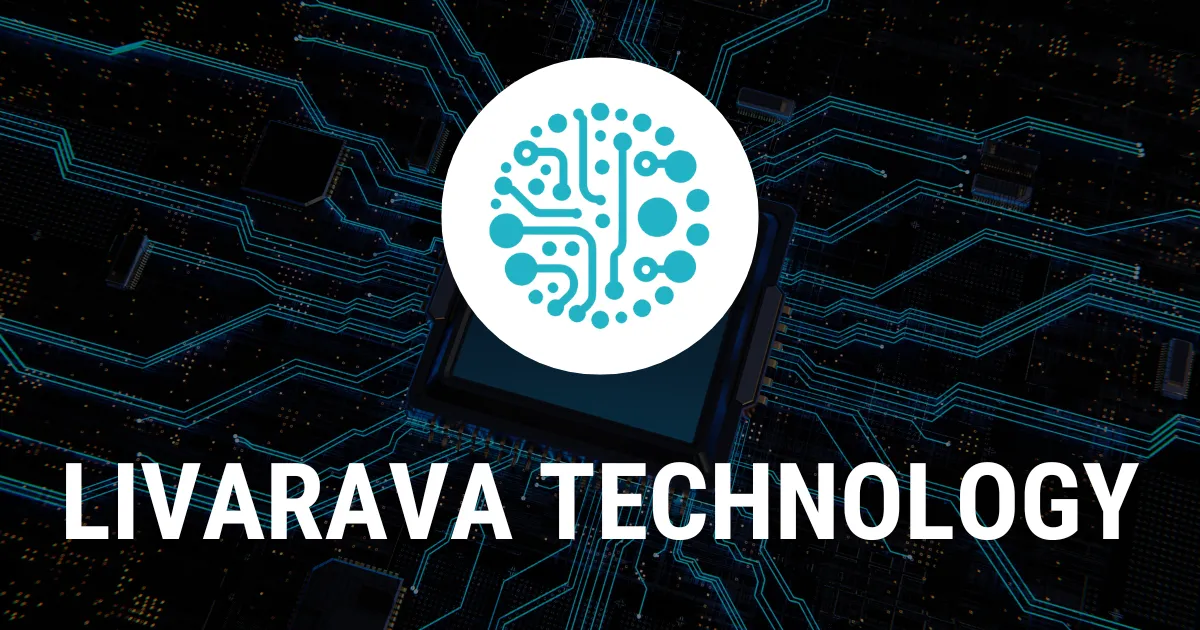Ray Tracing and Its Impact on AAA Game Rendering

Ray Tracing: A Game Changer for Graphics
Ray tracing has emerged as a critical technology in AAA games, offering unprecedented visual realism. This advanced rendering technique simulates the physical behavior of light, enhancing effects like reflections and shadows. However, implementing ray tracing can often lead to performance challenges that necessitate upscaling and frame generation. Without a doubt, these accompanying technologies play a vital role in maintaining playable frame rates, making them indispensable in high-end gaming experiences.
Challenges and Solutions in Modern Gaming
As game developers increasingly adopt ray tracing, they face the dilemma of achieving rich visuals without compromising performance. The reliance on upscaling techniques like NVIDIA's DLSS (Deep Learning Super Sampling) allows for rendering at a lower resolution while maintaining sharp visuals. Likewise, frame generation enhances the gaming experience by interpolating frames, effectively increasing frame rates. However, this creates a Hobson’s choice—players may need to sacrifice certain graphical fidelity aspects for fluid gameplay.
- Ray Tracing: Offers photo-realistic graphics.
- Upscaling: Enhances performance without significant quality loss.
- Frame Generation: Boosts frame rates for smoother gaming.
Conclusion: The Future of Gaming Graphics
The journey towards seamless integration of ray tracing, upscaling, and frame generation is reshaping the gaming landscape. As technology advances, balancing performance and visual fidelity becomes vital, marking significant progress in the industry.
This article was prepared using information from open sources in accordance with the principles of Ethical Policy. The editorial team is not responsible for absolute accuracy, as it relies on data from the sources referenced.